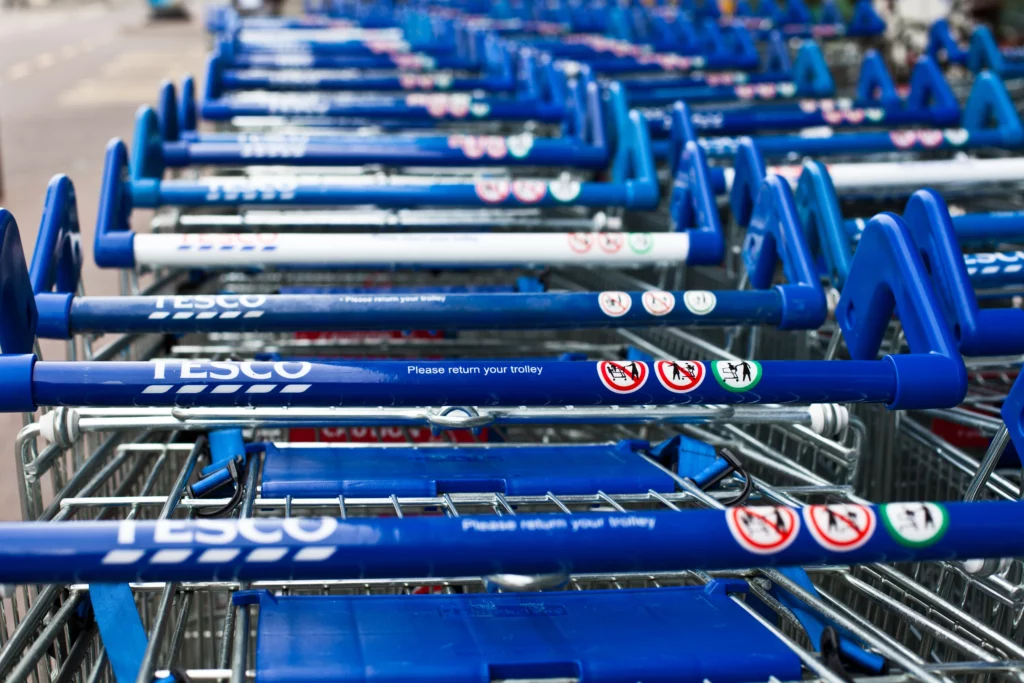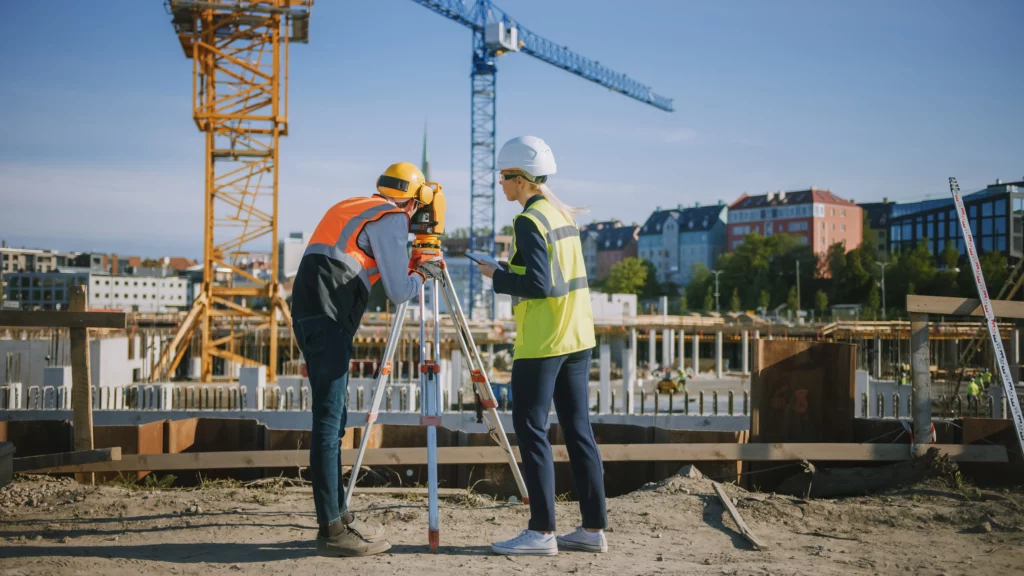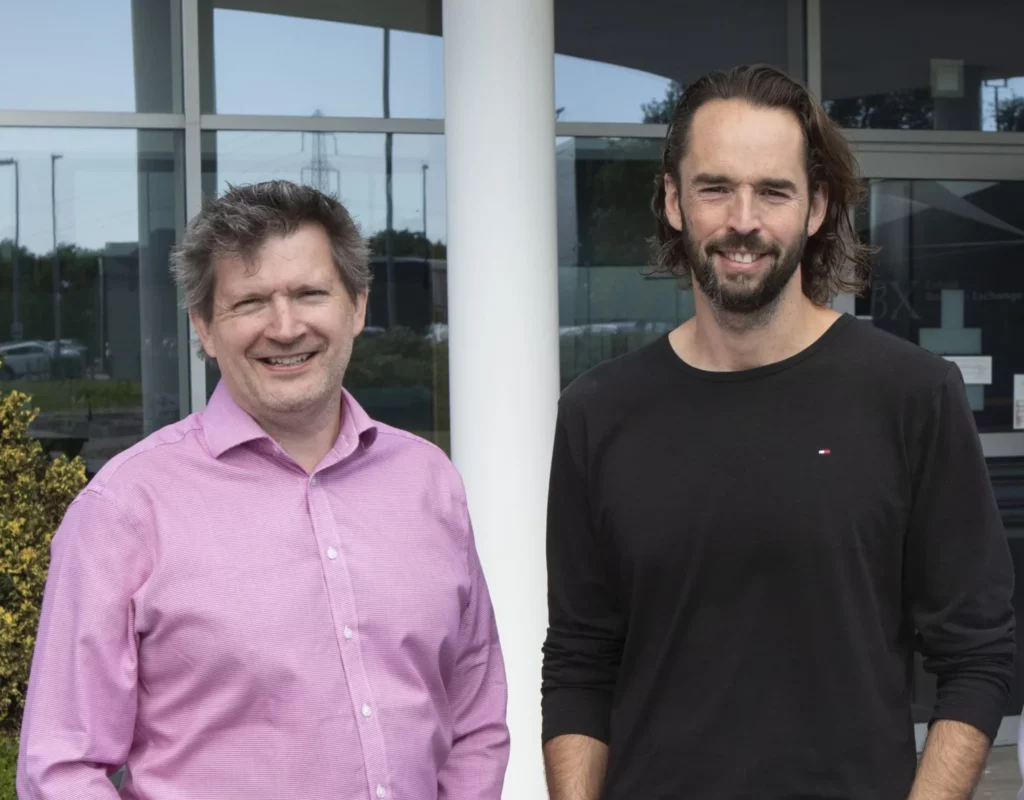The role of Health and Safety professionals is ever-changing. For years, many organisations saw this crucial management function as a box-ticking exercise, failing to appreciate the enormous impact Health and Safety has on overall business success and the potential implications for them if something goes wrong.
Increasingly, the Health and Safety function is being seen more as a strategic business partner, much like HR. Real-life data is driving change throughout organisations, from an increase in reporting near-misses leading to reduced accidents to understanding the potential cost of risk to the business.
A Health and Safety Manager who sees the big picture of how their role impacts the company and utilises data available to them to drive positive change throughout the organisation is a massive asset to a business. With that in mind, we’ve been thinking about exactly what a positive health and safety culture means and the types of data and processes that all forward-thinking health and safety professionals should be measuring and managing.
Here’s what you need to know.
Lost-time incidents, and what they mean for the business
Lost-time incident (LTI) rates are generally a good indicator of a business’ safety performance and can help to measure the effectiveness of a health and safety function. Keeping an eye on LTIs will also show the strain that lost work hours have had on the business, such as decreased productivity, and payouts for cover, temps or overtime, and provide a hitlist of actions to tackle, to help avoid more LTIs in future.
Lost time means lost revenue, so collecting and using this data can have a positive impact on the bottom line and ensure that your reporting covers the data that matters to the Board.
Monitor your Accident Frequency Rate
To build an excellent Health and Safety culture, you need to know just how many accidents occur across the business each year. Accident Frequency Rates (commonly referred to as AFR) can help you drill down into exactly what’s causing accidents, how frequently they occur and critically, where.
This is of particular importance for businesses with multiple locations.
Previously you would have to carry out various equations manually to find your accident frequency rate, but now technology (like Notify!) allows Health and Safety professionals to keep ongoing detailed records and find your accident frequency rate with ease, allowing for quicker action.
Quarterly sickness rates versus available working days
Employee sickness and absenteeism rates should be calculated per quarter at the very least. Annual holiday time and authorised leave will not be included in these figures, but a well-monitored sickness and absentee rate will reveal associated loss in productivity, which in turn leads to higher costs and lower profits.
To find your quarterly sickness rate, follow these steps:
– Find the average number of employees on the payroll for the quarter.
– Work out the number of workdays for the quarter, taking into account any statutory holidays and irregular days (when a quarter begins or ends mid-week).
– Multiply the above by each other to find the total number of available working days for the quarter.
– Finally, take the number of workdays lost to sickness and absenteeism and divide it by the total amount of working days. Expressed as a percentage, this will give you the quarterly rate for sickness.
Know the current risks and hazards in your business
As our Subject Matter Expert, Tris, recently said in a column,
The vast majority of HSE Prosecutions aim to show that the organisation has an inadequate risk assessment process. If it was up to scratch, goes their logic, there wouldn’t have been an accident in the first place.
Overseeing the risk assessment process within an organisation and ensuring managers across the business are on top of their divisional risk assessments, is an essential and time-consuming part of a role in Health and Safety. A helicopter view of the company and its moving components is necessary, but above all, it’s important to gain feedback from employees and managers to improve engagement with Health and Safety processes continually.
Tracking near-misses is a crucial element of monitoring potential hazards; insight that can help a Health and Safety Manager to make positive changes across the business. Real-time, ‘on the ground’ data is invaluable to help mitigate risk and keep workers safe.
Companies change, often rapidly, and it is up to Health and Safety professionals to stay up to date with that change to put measures into place that minimise risks to workers.
Check what equipment is used, consider long-term hazards (such as noise, use of screens, etc.), look back on previous accident and ill-health records to see if there’s a blind spot, and be sure that all of your safety resources stay relevant.
Be mindful of your insurance premiums
The overall Health and Safety of employees can have a significant effect on the future of business; frequent claims can raise insurance premiums, and any incident may also damage equipment and facilities. That’s why it’s important to know what type of incident the company’s insurance covers.
Employer Liability Insurance will only cover so much, and even with the potential for extra protection relating to vehicles or off-site work, you could still be caught short if you don’t know what your policy covers:
Case in point, it’s not uncommon for individual costs such as:
- Sick pay
- Damage or loss of materials and products
- Overtime and temp work
- Loss of contracts and
- Legal costs not to be covered.
The best way to combat these potential costs is to create as safe and healthy an environment as possible, obviously, but knowing what your insurance covers is a good starting point to give you a list of priorities to sort through.
Always consider the bottom line
One of the benefits of involving yourself in all of the above is that it can help you to see the impact on the company’s bottom line. We know that you will likely be working alongside a CFO or other finance/operations person, but knowing how Health and Safety ties into the big picture financially, will allow you to identify any sites, machinery or individuals that are costing undue amounts and require focus.
A company that works together thrives. If you see part of your job as helping ensure the health of the business, as well as its staff, then you will be contributing massively to its future success.
There are increasingly more efficient ways of managing Health and Safety within organisations, and as our client Richard Byrne, Group Health and Safety Director at Travis Perkins plc recently discussed, technology is and will be the future of the profession.
A proactive Health and Safety professional should be mapping the areas that technology can improve their function, and taking steps to show the business impact that implementing tech could have on the business.
If you’d like help identifying how technology could aid your Health and Safety processes, download our app for your 14-day FREE TRIAL and see for yourself the impact that powerful data can have, talk to us.






































































